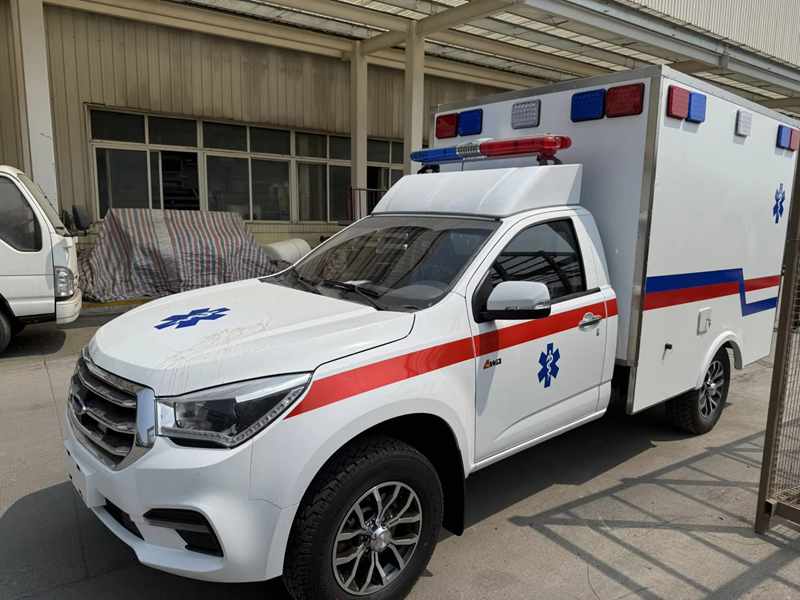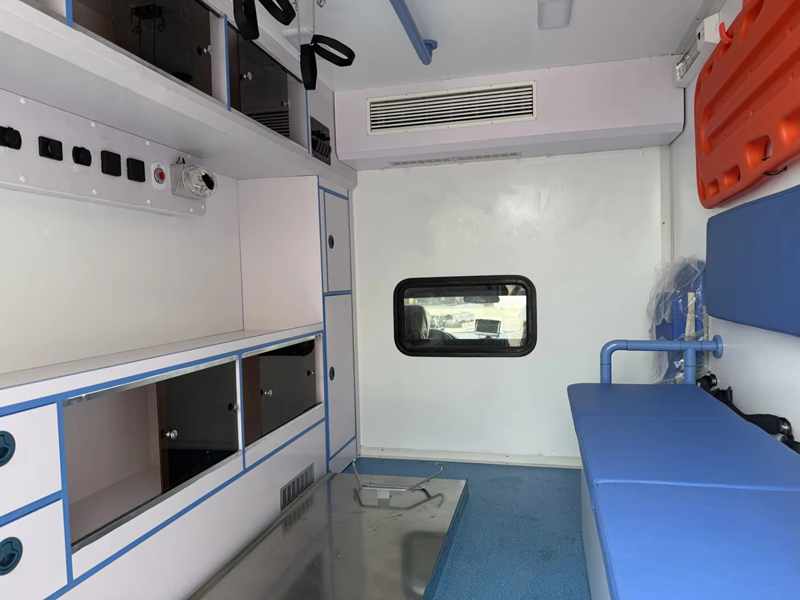

Gone are the days when ambulances were simply vehicles for transporting patients. Today’s **modern ambulances** are highly sophisticated mobile medical units designed to deliver critical care the moment they arrive on the scene. They play a vital role in reducing response times and improving patient survival rates.

Modern ambulances come equipped with cutting-edge medical equipment such as ventilators, defibrillators, cardiac monitors, and intravenous therapy systems. This allows paramedics to provide advanced life support and stabilize patients during transit, essentially turning the ambulance into a **miniature emergency room on wheels**.
Technology doesn’t stop at medical tools. GPS tracking, real-time communication systems, and AI-driven route optimization help ambulances reach patients faster, even in congested urban areas. This level of efficiency ensures that critical care arrives exactly when and where it’s needed most.

Modern emergency fleets include specialized ambulances tailored for unique needs—such as neonatal ambulances for infants, trauma-focused units, and even air ambulances for remote or long-distance emergencies. Each is designed to handle specific medical scenarios with precision.
Ambulances are no longer limited to life-or-death emergencies. They also support **non-emergency medical transport**, disaster relief, and community healthcare initiatives, ensuring patients receive safe, professional care outside of traditional hospital settings.

By combining speed, smart technology, and advanced medical care, ambulances redefine how emergency response is delivered. They bridge the critical gap between the scene of an incident and hospital treatment, saving lives and strengthening public health systems.
Modern ambulances have transformed into **essential pillars of emergency healthcare**. With advanced technology, specialized designs, and broader roles in community health, they are no longer just vehicles—they are a lifeline redefining emergency response for the modern world.